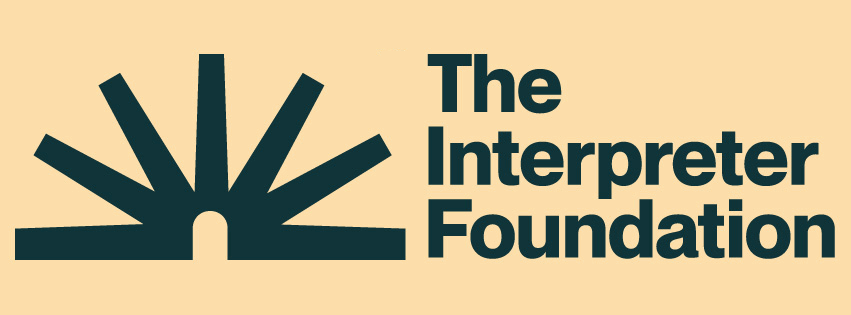This post is a summary of the article “‘When Ye Shall Rend That Veil of Unbelief’: A Typological Reading of Ether 3 and 4” by Matthew Scott Stenson in Volume 64 of Interpreter: A Journal of Latter-day Saint Faith and Scholarship. All of the Interpreting Interpreter articles may be seen at https://interpreterfoundation.org/category/summaries/. An introduction to the Interpreting Interpreter series is available at https://interpreterfoundation.org/interpreting-interpreter-on-abstracting-thought/.
A video introduction to this Interpreter article is now available on all of our social media channels, including on YouTube at https://youtube.com/shorts/pW4gIUV8GnY.
The Takeaway
Stenson suggests that Moroni framed Christ’s words in Ether 3 and 4 as a way of encouraging future Gentile readers to accept the Nephite record, as a way of showing that they were in a position to receive a greater understanding of Christ and his truths, much as a view of Christ’s finger allowed the brother of Jared to see Christ’s whole body.
The Summary
In this article, Matthew Scott Stenson examines Ether 3 and 4 through the lens of its strong Christian elements, extending prior work by Rosalynde Frandsen Welch that suggests Moroni may have used the story of the Jaredites for Christ- and Book-of-Mormon-centered rhetorical purposes. Stenson thus explores the typological and intertextual connections that Moroni may have employed (as he did often) to help convince Gentile (i.e., modern Christian) readers that they should accept the Book of Mormon.
For Ether 3, Stenson outlines the story of Christ touching the stones and the brother of Jared’s subsequent revelation of Christ and his vision kept and preserved for future generations. This occurs in the context of the brother of Jared sealing up his record in a way similar to Moroni’s own charge with the Book of Mormon. Moroni alludes to the relationship between faith and knowledge discussed by Alma, suggesting that Moroni’s readers could gain increased spiritual knowledge in a similar manner, a process that some have associated with the rituals of the temple.
For Ether 4, Stenson focuses on the promise that the Gentiles could receive the brother of Jared’s more fulsome revelation of Christ, in part through the acceptance of the Book of Mormon. By receiving this lesser part of Christ’s word (akin to seeing Christ’s finger), they would qualify to receive the more complete Jaredite record (similar to seeing Christ’s full body). Moroni’s use of the phrase “nothing doubting” further connects the brother of Jared’s experience to the coming forth of the Book of Mormon, which he says (in Mormon 9) one can gain a testimony of, “doubting nothing”.
“Similar to how they are recorded, Jesus had in mind much more when he visited the brother of Jared atop Shelem than bestowing a blessing on one man… Jesus points out in Ether 4 that in our Gentile context to believe on his name is to receive him through the Book of Mormon. The Book of Mormon both came by faith and also constitutes evidence that the Lord has “set his hand again a second time to recover his people” (2 Nephi 21:11). It is a sign that all the covenants, promises, and prophecies that have not yet come to pass are soon to be fulfilled (3 Nephi 15:6–8; 29:1–3). If the Book of Mormon and its central figure, Jesus Christ, are received and believed in, the day will come when the Holy Spirit confirms to the heart of the believer that the record…is true (Ether 4:11).”
The Reflection
Stenson makes a good case for Moroni’s use of the brother of Jared’s story to further God’s agenda for the Book of Mormon—a book that Moroni would’ve, by this point, spent years studying and thinking about as he wandered alone after the battle of Cumorah. One would think that he had come to plainly understand his critical role in passing along and arguing on behalf of the Nephite record, and may have even had hints of the role he would play in shepherding Joseph Smith’s efforts to reveal it in the modern day. In that context, such a nuanced use of Ether’s record, sprinkled with intertextual references, makes good sense, and can give us an appreciation for Moroni’s literary skills as well as awe for God’s plans and promises regarding the book.


